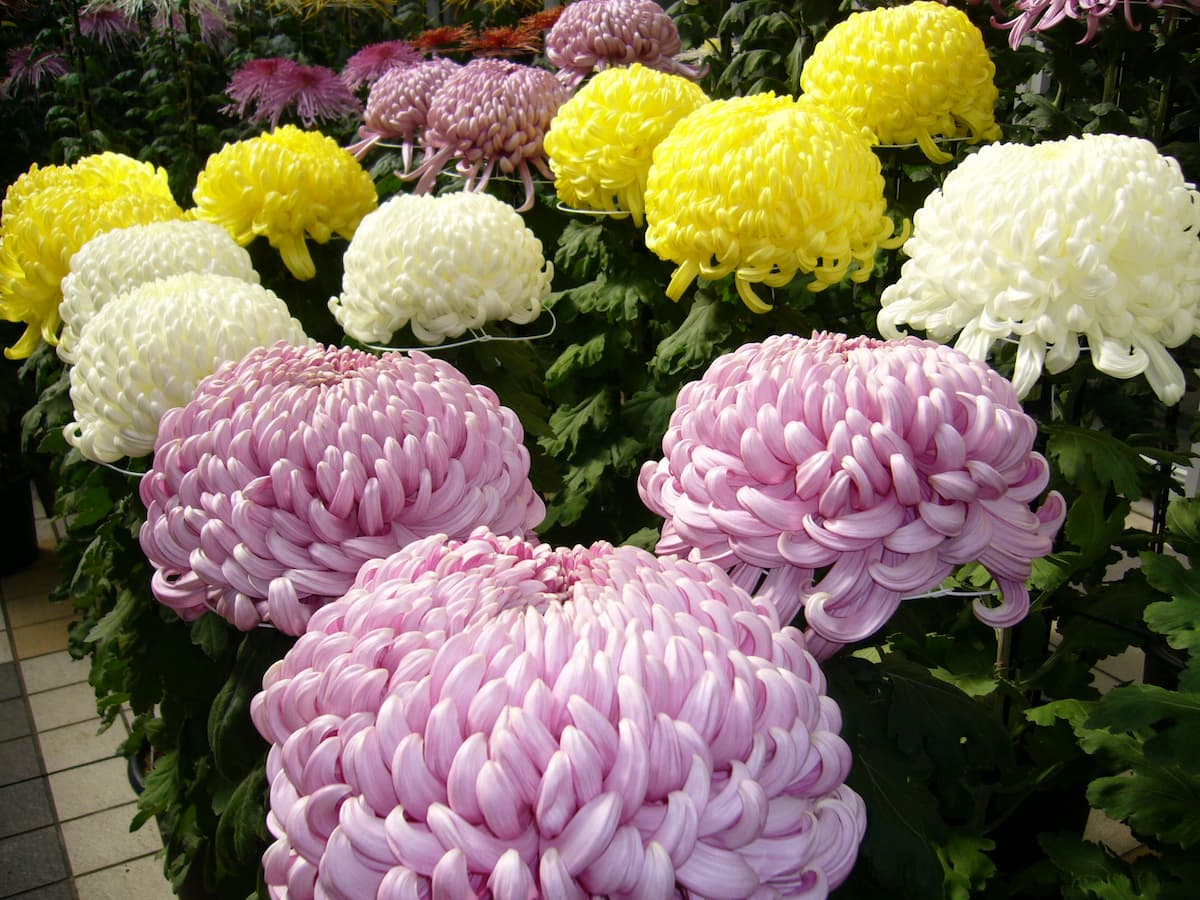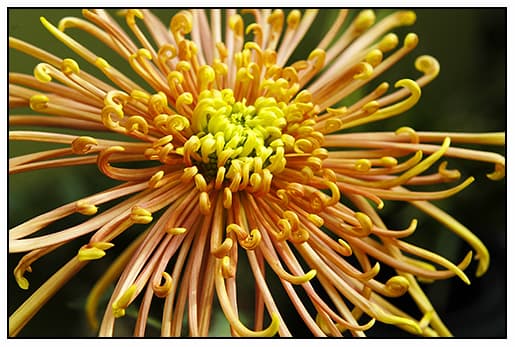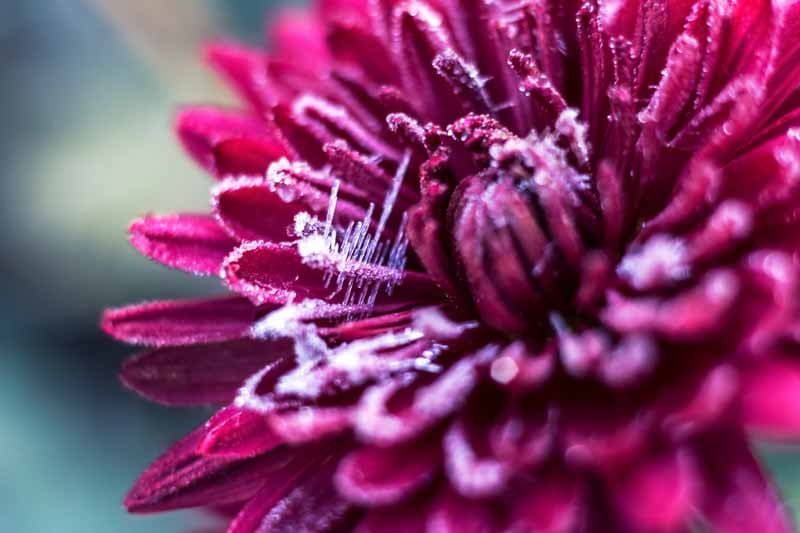For many, the chrysanthemum is the symbol of Asia. The flower originated in East Asia, and China is the place where it developed its earliest characteristics. It was first cultivated in China as early as the 15th century BCE, and now there are over 20,000 varieties in the world. In art, chrysanthemums are common not only in Chinese art but also Japanese.

Japanese great chrysanthemums
Chinese composer Xiaogang Ye took the mourning image of white chrysanthemums seen against snow, white being a mourning colour in Asia, as the idea for his memorial work December Chrysanthemums. Written in memory of his 18-month-old daughter, Ye offers a contrast between the pure snow, with no life visible, but which, far away, is starting to show the signs of rebirth.
Xiaogang Ye: December Chrysanthemum, Op. 52b (Sharon Bezaly, flute; Royal Scottish National Orchestra; José Serebrier, cond.)
Scott Joplin’s piano work, The Chrysanthemum, was written as an ‘Afro-American Intermezzo’, according to its subtitle. It is dedicated to Miss Freddy Alexander, of Little Rock, Arkansas, who would soon become his new wife. However, she died of pneumonia just 10 weeks after the marriage.

Japanese Spider Chrysanthemum
Scott Joplin: The Chrysanthemum, An Afro-American Intermezzo (Benjamin Loeb, piano)
Cuban composer Ernest Lecuona’s piano work Crisantemo (Chrysanthemum) is the most important of the 80-some waltzes composed for a number of different occasions. It was one of the first he wrote and, in this case, included a trio section that was later dropped.
Ernesto Lecuona: Crisantemo (Thomas Tirino, piano)
One of Austrian composer Franz Lehár’s last waltzes shows the characteristic of the waltz as it moved from Vienna to the US. In Boston, Lehár’s 1921 Chrysanthemum-Walzer was renamed Wilde Rosen (Wild Roses) for Boston. The Boston waltz differed from the Viennese waltz primarily in its slower tempo, but details in the legato middle part, such as the chains of thirds, are indicative of the Boston style.
Franz Lehár: Wilde Rosen, “Chrysanthemum-Walzer” (Dresden Staatskapelle; Christian Thielemann, cond.)
The chrysanthemum is a late autumn flower and in Massenet’s collection, Poëme d’hiver (Winter poem), he opens with a Prélude: C’est au temps de la chrysanthème (It’s chrysanthemum time). The ‘chrysanthemum time’ refers to the flower being put on graves. This image, allied with the cold season, is in contrast with the surging and impetuous piano line.

Purple chrysanthemum with frost
Jules Massenet: Poëme d’hiver – I. Prélude: C’est au temps de la chrysanthème – II. Mon cœur est plein de toi (Jean-Francois Lapointe, baritone; Olivier Godin, piano)
A symbol of Asia, a symbol of the arrival of the cold seasons, and a symbol of death, the chrysanthemum is more than just a flower.
For more of the best in classical music, sign up for our E-Newsletter
